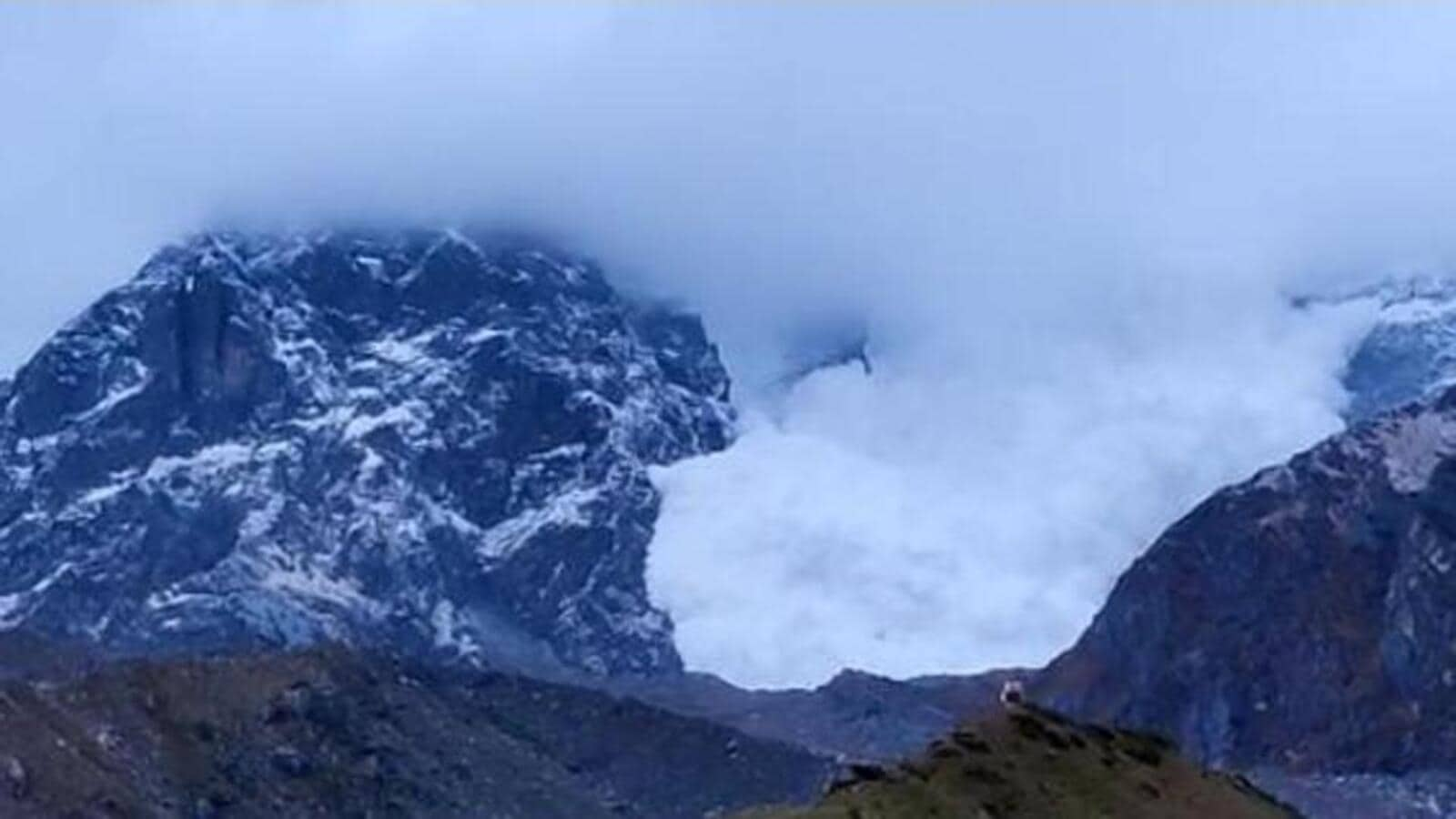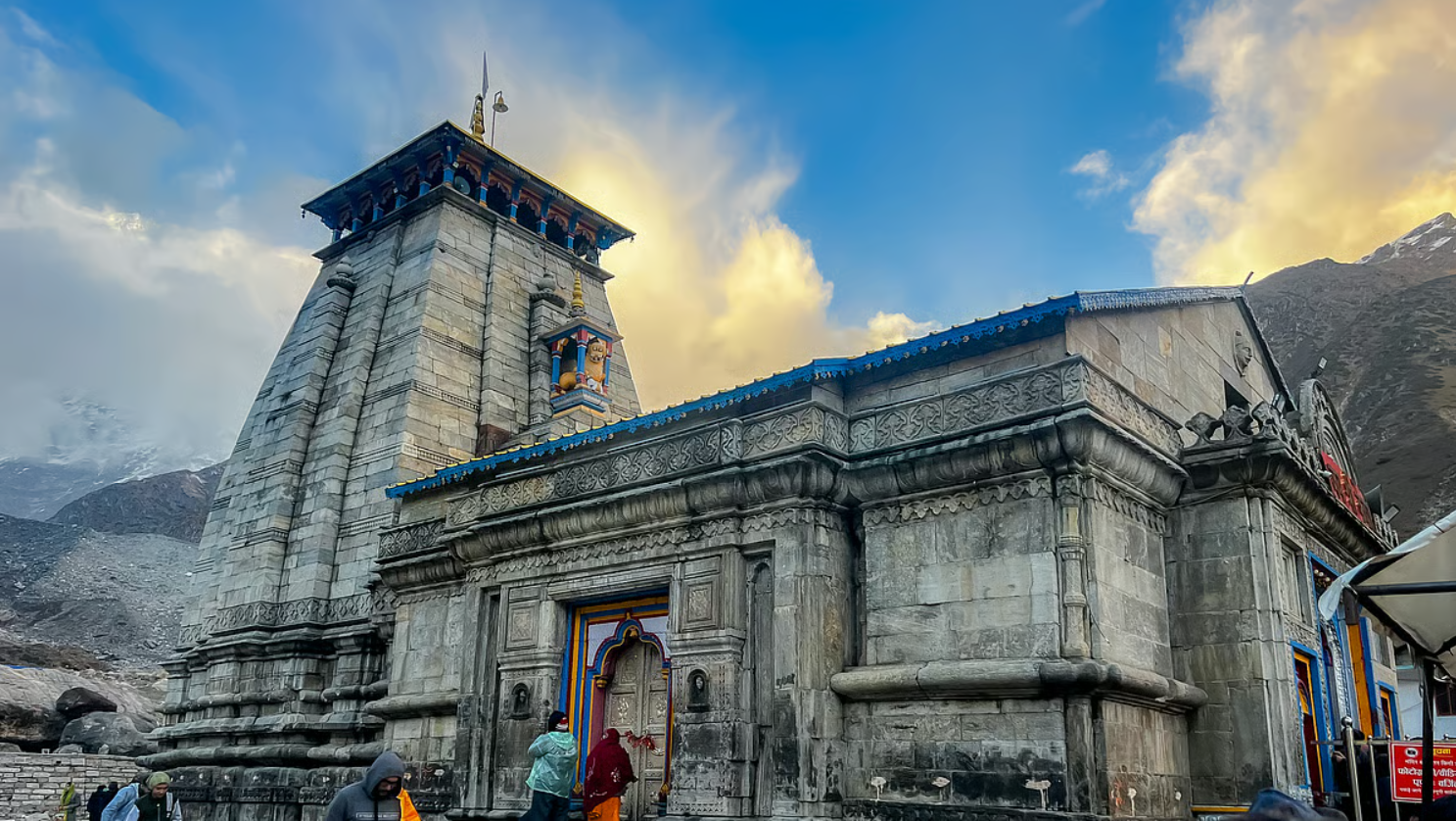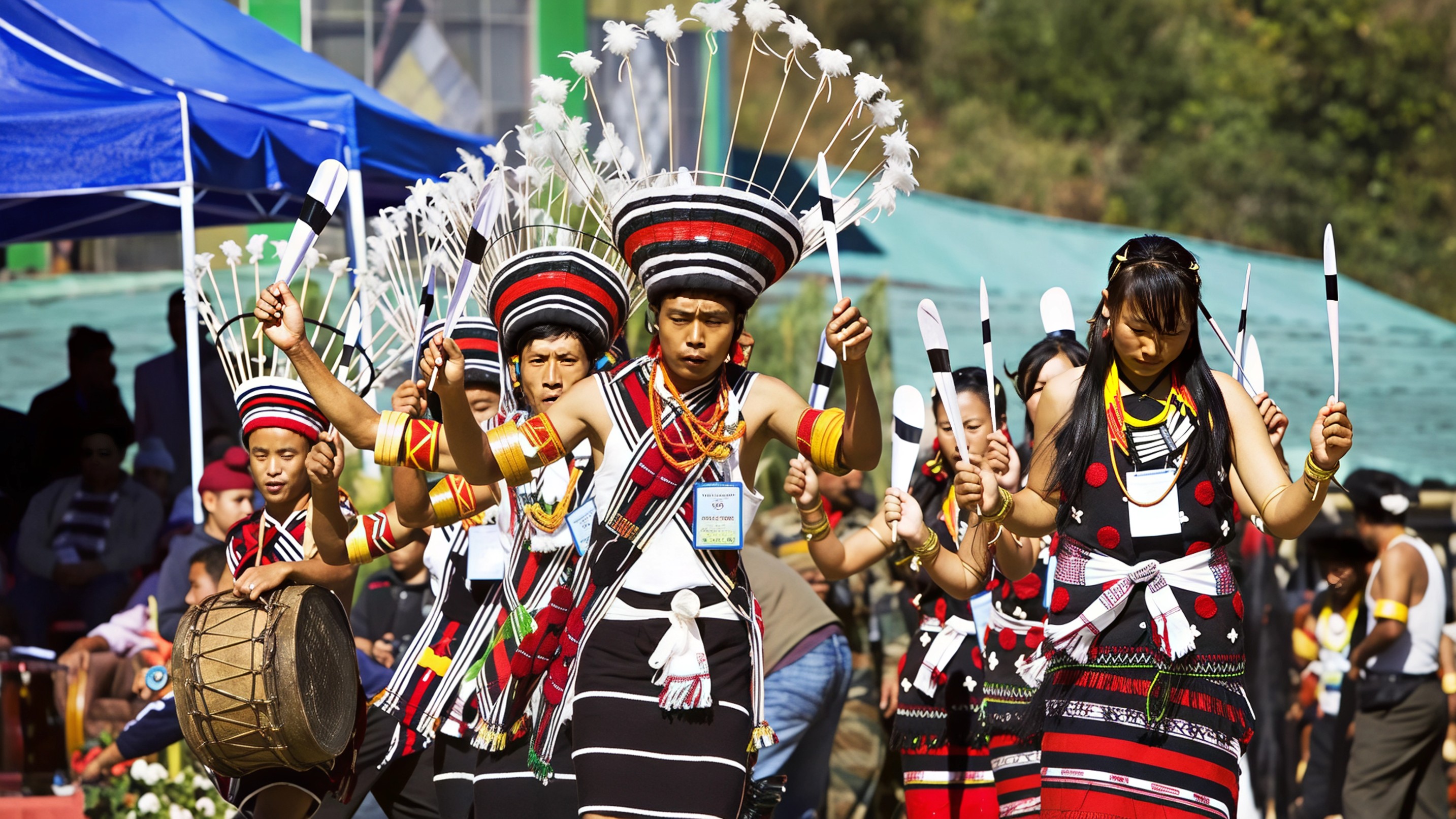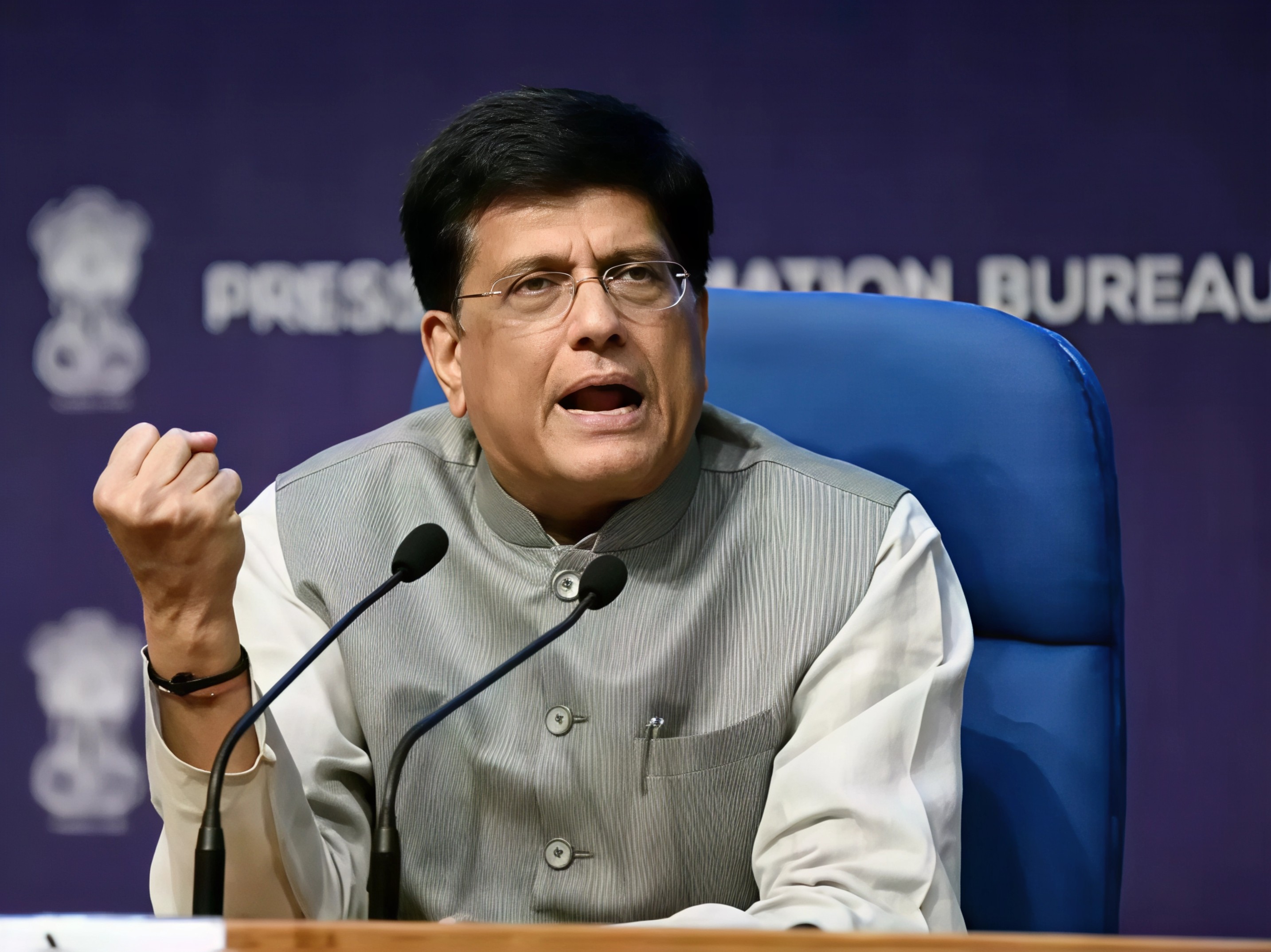The Himalayan region of Uttarakhand has once again been reminded of its fragile terrain and volatile weather conditions. On September 4, an avalanche occurred near the Chorabari glacier, just five kilometres above the sacred Kedarnath shrine. Officials confirmed that no casualties or property damage were reported, but the Rudraprayag administration has kept rescue teams on alert as a precautionary measure.

The Avalanche Incident
District Disaster Management Officer Nandan Singh Rajwar explained that avalanches are not unusual in the high Himalayan zones, particularly around Chorabari. These events are often triggered by shifting weather patterns and heavy precipitation. Authorities have urged both pilgrims and locals not to panic and to avoid spreading misinformation. An expert team has also been sent to assess the situation and monitor the area closely.
Recent Landslides Along the Kedarnath Route
This avalanche comes just days after a deadly landslide at Munkatiya, located between Sonprayag and Gaurikund, which tragically killed two pilgrims and injured six others when falling boulders struck their vehicle. The victims were identified as Rita, a 30-year-old woman, and Chandra Singh, aged 68, both residents of Barkot in Uttarkashi. Four of the injured required transfer to advanced hospitals for further treatment.
Authorities have had to temporarily suspend the Kedarnath yatra multiple times this monsoon season due to dangerous terrain and unpredictable weather. The most recent suspension was enforced on September 3, underscoring the risks pilgrims face while traversing the route.

Record Rainfall and Rising Rivers
The Central Water Commission reported extremely heavy rainfall across several regions of Uttarakhand earlier in the week. Banbasa recorded the highest rainfall at 256 millimetres, followed by Khatima with 181 millimetres and Tanakpur with 174 millimetres. Several rivers, including the Alaknanda and Mandakini in Rudraprayag, have risen above warning levels and are dangerously close to crossing the danger mark. In Haridwar and Rishikesh, the Ganga has also swelled, prompting authorities to issue loudspeaker warnings for residents and pilgrims to stay away from riverbanks and ghats.
A Season of Disasters
This monsoon has been particularly destructive for Uttarakhand. At least ten people have lost their lives while dozens remain missing following a series of cloudbursts, landslides, and flash floods across Chamoli, Rudraprayag, Tehri, and Bageshwar. A flash flood on August 5 devastated Dharali, a village on the Gangotri route, washing away nearly half of the settlement. Sixty-nine individuals from that incident are still unaccounted for.

New Glacier Cracks Raise Alarm
Adding to the growing list of concerns, scientists have identified fresh cracks in the glaciers situated behind the Kedarnath Temple. Environmentalists warn that unchecked pressure on this delicate ecosystem, intensified by climate change, could amplify the risks of avalanches and floods in the future. Disaster management experts are now emphasizing the urgent need for constant monitoring and proactive preventive measures to safeguard both pilgrims and residents.
Closing Thoughts
The recent avalanche at Chorabari highlights the vulnerability of Uttarakhand’s pilgrimage routes during the monsoon season. While the Kedarnath shrine continues to draw lakhs of devotees every year, the repeated natural calamities are stark reminders of the delicate balance between faith, nature, and safety. Authorities are working tirelessly to ensure precautionary measures, but the need for long-term climate adaptation and sustainable planning has never been more pressing.
Follow TravelMoves on Instagram and Facebook for more updates on environment, technology, and the stories that matter to your world.








